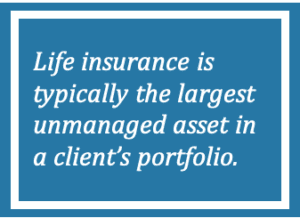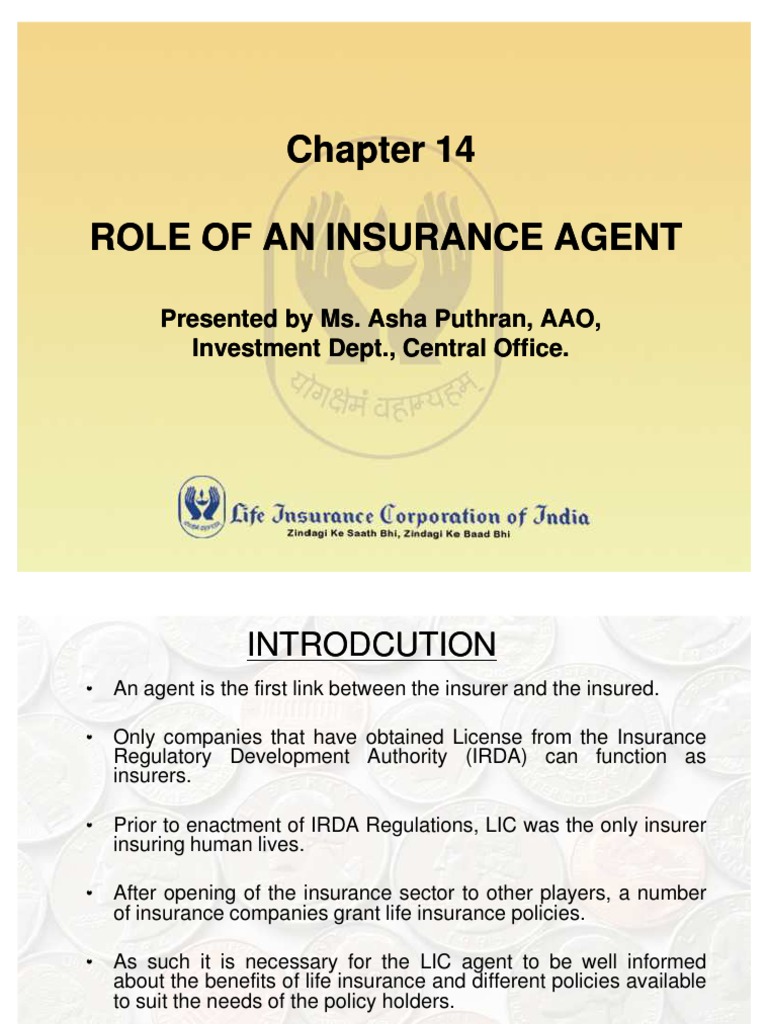The Of Pacific Prime
Table of ContentsSome Known Details About Pacific Prime Fascination About Pacific PrimeUnknown Facts About Pacific PrimeThe Best Strategy To Use For Pacific PrimeAbout Pacific Prime

This is because the data were gathered for a period of solid economic performance. Of the estimated 42 million people who were without insurance, all but concerning 420,000 (regarding 1 percent) were under 65 years old, the age at which most Americans become eligible for Medicare; 32 million were grownups in between ages 18 and 65, around 19 percent of all adults in this age; and 10 million were youngsters under 18 years of age, regarding 13.9 percent of all youngsters (Mills, 2000).
These estimates of the number of individuals uninsured are produced from the annual March Supplement to the Existing Populace Survey (CPS), performed by the Census Bureau. Unless otherwise noted, national quotes of individuals without health insurance policy and percentages of the population with different kinds of protection are based on the CPS, one of the most widely used resource of estimates of insurance coverage and uninsurance rates.
Excitement About Pacific Prime

Still, the CPS is particularly helpful because it produces yearly quotes relatively rapidly, reporting the previous year's insurance coverage estimates each September, and because it is the basis for a regular set of estimates for even more than two decades, enabling for analysis of fads in insurance coverage over time. For these reasons, along with the considerable use the CPS in various other researches of insurance policy coverage that are presented in this record, we count on CPS price quotes, with restrictions noted.

The quote of the variety of uninsured individuals broadens when a population's insurance coverage status is tracked for a number of years. Over a three-year duration beginning early in 1993, 72 million people, 29 percent of the U.S. https://triberr.com/pacificpr1me. populace, lacked insurance coverage for a minimum of one month. Within a single year (1994 ), 53 million individuals experienced at the very least a month without coverage (Bennefield, 1998a)
Six out of every 10 without insurance adults are themselves used. Although functioning does improve the likelihood that a person and one's relative will certainly have insurance coverage, it is not a guarantee. Also participants of households with two full time wage earners have virtually a one-in-ten opportunity of being without insurance (9.1 percent uninsured rate) (Hoffman and Pohl, 2000).
The 9-Second Trick For Pacific Prime
New immigrants account for a substantial percentage of people without health and wellness insurance. One analysis has actually connected a significant section of the recent development in the dimension of the U.S. uninsured populace to immigrants that arrived in the country between 1994 and 1998 (Camarota and Edwards, 2000). Current immigrants (those that came to the USA within the past 4 years) do have a high price of being uninsured (46 percent), however they and their children represent just 6 percent of those without insurance coverage across the country (Holahan et al., 2001).
The connection in between health insurance and accessibility to care is well established, as documented later in this chapter. Although the connection between medical insurance and health end results is neither straight neither simple, a comprehensive scientific and health solutions research literary works links wellness insurance policy coverage to enhanced access to care, better quality, and enhanced individual and population health condition.
Degrees of analysis for analyzing the impacts of uninsurance. This conversation of medical insurance coverage concentrates largely on the U.S. population under age 65 because essentially all Americans 65 and older have Medicare or various other public insurance coverage. It focuses especially on those without any health insurance policy for any kind of length of time.
Not known Facts About Pacific Prime
The issues faced by the underinsured remain in some aspects comparable to those dealt with by the without insurance, although they are generally much less serious. group insurance plans. Uninsurance and underinsurance, nevertheless, involve noticeably different policy concerns, and the strategies for addressing them may vary. Throughout this research and the five records to comply with, the main emphasis is on individuals without any health and wellness insurance and therefore no support in paying for healthcare past what is available via charity and security net institutions
Medical insurance is an effective aspect influencing receipt of care because both clients and medical professionals respond to the out-of-pocket price of solutions - https://dzone.com/users/5122954/pacificpr1me.html. Health and wellness insurance coverage, nonetheless, is neither required neither adequate to access to medical services. The independent and straight result of wellness insurance policy coverage on access to wellness solutions is well developed.
Others will certainly obtain the healthcare they need also without health insurance, pop over to these guys by paying for it expense or seeking it from service providers who supply treatment free or at highly subsidized rates. For still others, medical insurance alone does not make sure invoice of treatment due to the fact that of other nonfinancial barriers, such as a lack of health care suppliers in their neighborhood, limited access to transportation, illiteracy, or etymological and cultural distinctions.
The Ultimate Guide To Pacific Prime
Formal research regarding without insurance populaces in the United States dates to the late 1920s and early 1930s when the Board on the Price of Healthcare produced a series of records about financing physician office gos to and hospital stays. This problem ended up being salient as the numbers of clinically indigent climbed during the Great Anxiety.